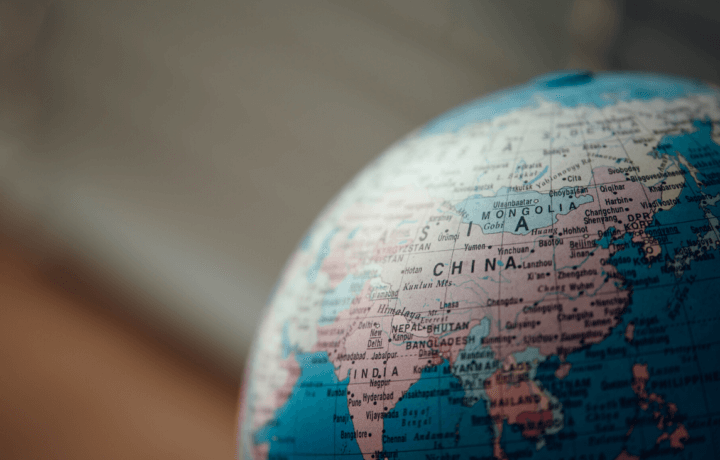In a little over three weeks, U.S. federal government agencies will be prohibited from issuing new contracts to entities that utilize certain telecommunications and video surveillance equipment and/or services that were produced or supplied by five Chinese companies. In addition, the agencies will not be allowed to even extend or renew existing contracts to firms that use the Chinese-supplied equipment.
The FAR Rules on the Ban
On July 14, the Federal Acquisition Regulatory Council – or FAR Council – published its interim rule, which amended the Federal Acquisition Regulation (FAR) to implement Section 889(a)(1)(B) of the John S. McCain National Defense Authorization Act for Fiscal Year 2019, Pub. L. No. 115-232, 132 Stat. 1636 (2019).
This law, which goes into effect on August 13, imposes sweeping restrictions intended to remove several Chinese firms from the supply chains of U.S. government contractors and subcontractors, as well as recipients of federal grants and loan funding. The companies include telecommunications equipment service providers Huawei Technologies and ZTE telecommunications; as well as video surveillance equipment and services providers Hytera Communications, Hangzhou Hikvision Digital Technology, and Dahua Technology.
Of those companies, Huawei, Hangzhou Hikvision, and Dahua are already designated on the U.S. Department of Commerce Entity List, which bans exports of goods and technologies subject to the U.S. Export Administration Regulations; while Huawei and ZTE have been designated by the Federal Communications Commission as “presenting unacceptable security risks” to the U.S. telecom system.
Who Is Impacted by the Interim Rule?
According to the National Law Review, the Interim Rule will apply to all federal prime contractors, regardless of contract type or size. Industries as far reaching as health-care, education, automotive, aviation, and aerospace will be affected. In addition, firms that provide commercially available off-the-shelf items, building management, billing and accounting, and even freight services are part of the prohibition.
Firms that are not affected include lower-tier subcontractors, or a prime contractor’s parents, affiliates or subsidiaries. However, the Interim Rule does indicate that the FAR Council could expand the prohibition to those affiliates, parents, and subsidiaries no later than August 13 of next year.
Some government agencies can still seek a temporary waiver to the section 899 ban process, but this would require backing up the need with evidence on why this is necessary. Moreover, those agencies would need to receive a security briefing from the Office of the Director National Intelligence (ODNI)
The Five Eyes Alliance suffers from the Ban
The restrictions ban firms that jeopardize U.S. telecommunications networks, both domestically and internationally. The fact that Huawei had been involved in the deployment of the 5G mobile networks in the UK created some rifts with members of the Five Eyes of intelligence sharing nations.
As previously reported, the Five Eyes alliance, which was formed in 1946 among the five English-speaking nations as a way to share security information, agreed not to use technology from the Chinese technology firm Huawei in the “sensitive” parts of their respective telecom networks. However, the British government opted to proceed with allowing Huawei to have access to “non-core” parts of the nation’s 5G network.
Under pressure from its partners, the UK made the decision this month to also ban the Chinese tech giant Huawei Technologies from supplying equipment to the networks starting later this year, and by 2027 all of the company’s devices will be removed in the UK. The UK government has since met with representative from the Japanese government, and the two nations may collaborate in developing 5G technology.
U.S. Ban Leads to Tit-for-Tat RElationship with China
Security experts have already noted that there are hundreds of thousands of digital assaults on federal networks every single day, so the concern is that technology from Chinese firms could facilitate breaches during those attacks and create vulnerabilities.
Huawei is currently the world’s top telecom supplier and second largest mobile phone manufacturer. This connection has been a major concern for the U.S., given the firms direct link to Beijing. Concern led to the U.S. government ban U.S. firms with using Huawei networking equipment since 2012. Last month, Huawei and ZTE were officially designated national security threats by the FCC.
The United States has not been alone in seeing the potential threat from Huawei. In early June, Canada’s telecoms effectively locked Huawei out of the country’s 5G development. However, in the latest tit-for-tat, China announced this week it would consider action against Nokia and Ericsson if the European Union (EU) were to ban Huawei products.




